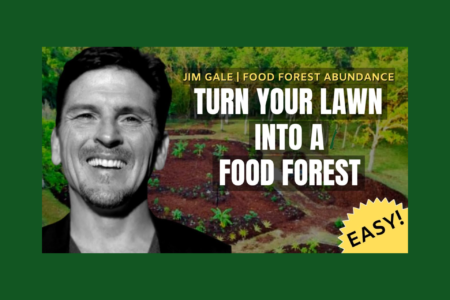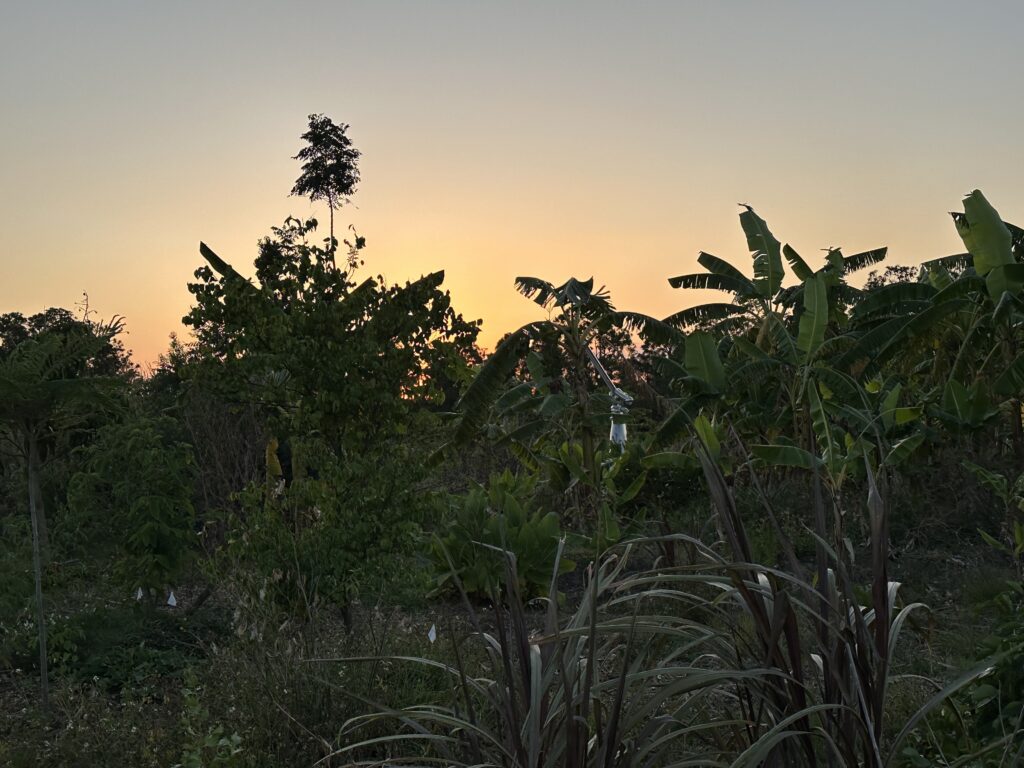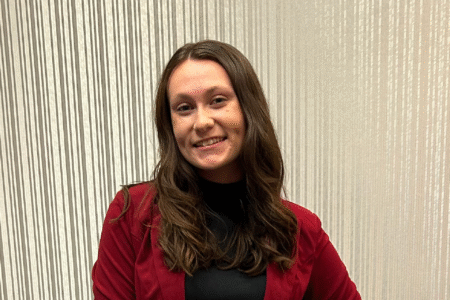Green Success Stories shines the Green Spotlight on Jim Gale of Food Forest Abundance. Food Forest Abundance converts lawns and farmlands into food forests that are easy to maintain, adaptable to any climate, and provide plentiful yields – all pesticide free. It aims to create a Garden of Eden of food abundance.

Tell us about your sustainability journey.
I used to own a mortgage company. But after becoming aware of the crises of food insecurity and climate change, and after coming to understand how controlling the availability of food is crucial to health and progress, I decided to do something about it. I learned all I could about permaculture – the effort to consciously design and maintain natural ecosystems that are productive, diverse, stable, and resilient. I was greatly influenced by the writing of Bill Mollison, especially his view of working together with nature rather than against it. I learned how it was possible to design and create “food forests” – natural, plentiful, food-producing ecosystems that take care of themselves and provide food, health, and freedom. In 2007 I sold my mortgage company and started Food Forest Abundance.
Tell us a bit about the product or solution you offer.
We help people grow food and be FREE all over the world. We demonstrate the solutions to the world’s biggest problems. When we take the poisons out and grow food instead of lawns, we change the world.
How? We convert existing lawns and farmlands into food forests that are easy to maintain, diverse, and plentiful.
We provide designs for small, medium, and large food food forests that consider your climate, topography, planting zone, space, and wishes. We create beauty, sustenance, health, and freedom.
We run the Freedom Farm Academy (FFA), which helps members develop fully functional permaculture demo and education sites. This provides members for multiple streams of income – from vacation rentals, to nurseries, organic produce, farm-to-table partnering and more.
Like I said, we help people grow food and be free, all over the world.
Share a green success story with us – how have you helped customers or other businesses in the fight against climate change?
We are helping a food bank turn their excess land (which is now lawn) into a thriving food forest, which will then “teach the people to fish.” No more relying on donations; relying instead on know-how, nature, and ourselves.
What would you do with $1 billion dollars?
I would “compost the fiat” – i.e., combine resources with eco-friendly practices in a way that revolutionizes food production. I would do so by installing 1,000, one million dollar food forests, strategically located around the world. Not only is this a logical and regenerative use of land, but each of these systems will serve as a nursery and provide limitless abundance for generations to come. This would hopefully inspire a global shift.
What do you envision your industry looking like in ten years?
Our goal is blanket the world in the Garden of Eden ideal… We will usher in the Golden Age.





